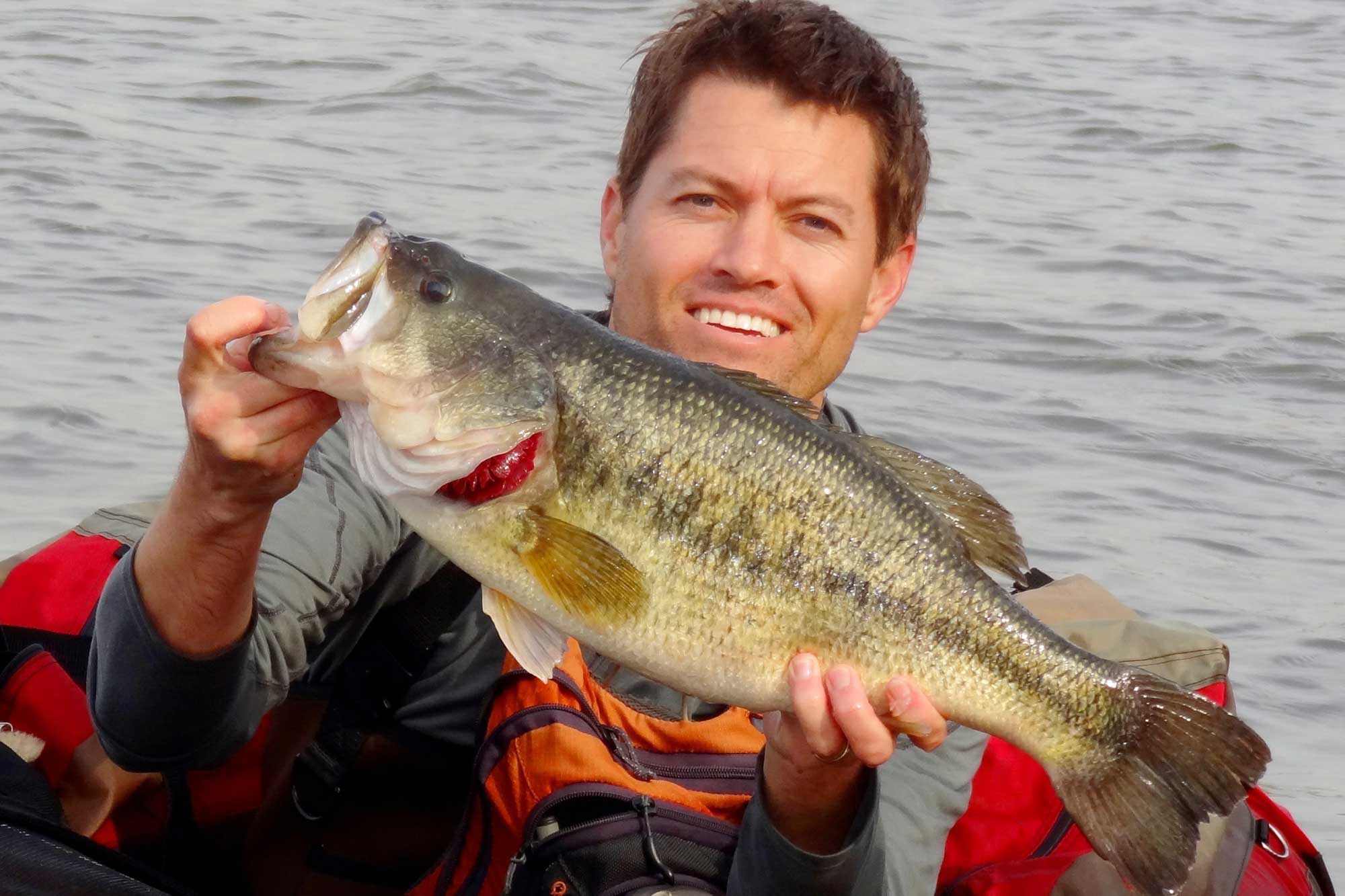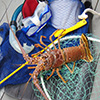
For many Texans, the words “fishing” and “hard” don’t belong in the same sentence. However, for anglers who go out on the water hoping to catch their next trophy, there are a few steps in the sport fishing process that can be quite difficult. Anglers on the water have to find the right bait, search for just the right fishing spot and – arguably the hardest part about fishing – catch the fish.
While not all fish in Texas are hard to catch, there are some that prove to be more elusive than others. Here’s a breakdown of the five hardest fish to catch in the state.
Bass
The species of bass specific to North America are known as black bass, the most popular game fish in the United States. Bass fishing is also currently a multi-billion dollar industry, with a few national competitions even getting regular ESPN coverage. However, none of this exposure means that bass are easy to catch. In fact, the situation is quite the opposite.
The problem with catching bass isn’t just reeling them in once they’re hooked, though they are known to put up a fight. Black bass are also simply hard to find, with a tendency to spend their downtime on the bottom of the sea floor hanging around rocks, reefs, piers and bridge pilings.
Trout (river or stream)
When it comes to catching river or stream trout with a regular rod and reel, the difficulty arises in timing. The moving water that shapes the channel in rivers and streams has a tendency to hide trout from anglers. The stream channel also keeps trout moving at a pace that makes them difficult to catch due to the short response time. Fishing enthusiasts looking to catch some of these colorful trout are better off fly-fishing then using a rod and reel. In fact, fly-fishing was developed with the intention of catching trout, though it’s now used for other species as well. Waiting for a trout to take the bait from a rod and reel in a river might take all day, while an expert fly fisher can fill a cooler in no time with a few good maneuvers.
Catfish
Even more than bass, catfish are bottom dwellers. Anglers looking to find catfish in Texas ponds should look in the deepest and coolest parts of the waters. However, even in those situations, finding catfish can be difficult. Catfish have a tendency to swim near logs and big rocks that naturally obstruct streams. Catfish are also known for being very elusive and easy to scare, which is why fishing for catfish from a boat isn’t advised. Another huge factor: most catfish are nocturnal.
Tarpon
Popularly called Silver Kings, tarpon have become one of the more acclaimed game fish because of the flats-fishing method used to catch them. A combination of hunting and fishing, flats-fishing sees anglers using a fly rod out on the water. Anglers using flats-fishing typically sit on the bow of a flats skiff while another person in the boat points out schools of tarpon and steers the boat in that direction. From there, anglers have at the most 10 seconds to cast a fly and hope that one of these fast-moving fish bites. Known for their aerial acrobatics, tarpon are also hard to catch because their bony mouths are resistant to hooks. Even after they are hooked, tarpon are known to put up some spectacular fights.
Marlin
A sport made popular by Ernest Hemingway’s Pulitzer-winning 1952 novel The Old Man and the Sea, marlin fishing is considered the most challenging of any sport fishing. The reason for this difficulty is apparent once faced with an actual Atlantic blue marlin, which can reach lengths of nearly 17 feet and reach speeds of 50 miles per hour. The females in the species have even been recorded at upwards of 1,000 pounds.
Marlins also have a tendency to go airborne in open waters, especially when hooked. That much weight and speed flying through the air can be both one of the most beautiful sights an angler will ever see and the end of his or her fishing line.




